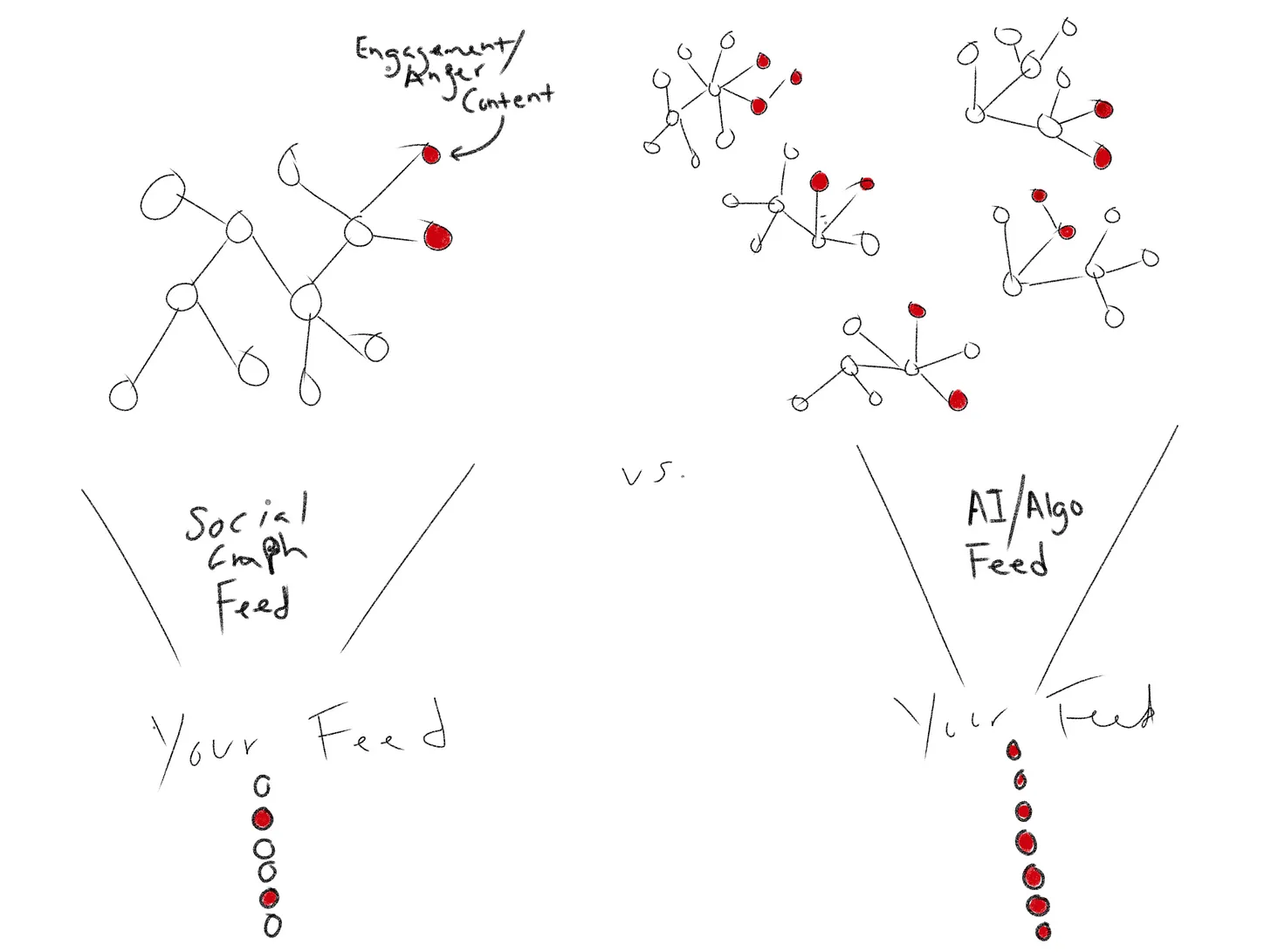Building Durable Skills into Middle School Career Exploration — from edmentum.com
As the needs of the modern workforce evolve at an unprecedented rate, durable, or “soft,” skills are often eclipsing demand for sought-after technical skills in high-demand jobs across industry sectors, geography, and educational level.
Through research, collaboration, and feedback from more than 800 educators, workforce professionals, industry leaders, and policymakers, America Succeeds—a leading educational policy and advocacy group—has developed Durable Skills and the Durable Skills Advantage Framework to provide a common language for the most in-demand durable skills. With 85% of career success being dependent on durable skills, this framework bridges the gap between the skills students are taught in school and evolving workforce needs.
On a somewhat related note, also see:
Green Workforce Connect and Building Green Pathways with Cynthia Finley — from gettingsmart.com by Mason Pashia
Over the last few years, we’ve been covering New Pathways, which we think of as a framework for school leaders and community members to create supports and systems that set students up for success in what’s next. This might be career exploration, client-connected projects, internships, or entrepreneurial experiences.
But what it really comes down to is connecting learners to real-world experiences and people and helping them articulate the skills that they gain in the process. Along the way, we began to talk a lot about green jobs. Many of the pre-existing pathways in secondary schools point towards CTE programs and trades, which are more in demand than they’ve been in decades.
This coincides with a pivotal moment in the arc of infrastructure redesign and development, one that heavily emphasizes clean energy trajectories and transferable skills. Many of these jobs we refer to as green pathways or requiring some of these green skills.
One leading organization in this space is the Interstate Renewable Energy Council or IREC. I got to sit down with Cynthia Finley, the Vice President of Workforce Strategy at IREC to talk about green pathways and what IREC is doing to increase awareness and exposure of green jobs and skills.












